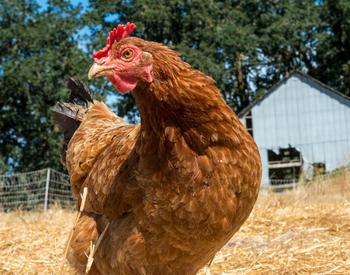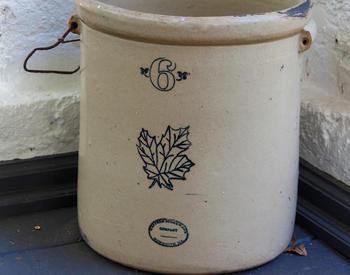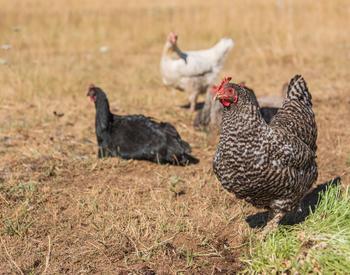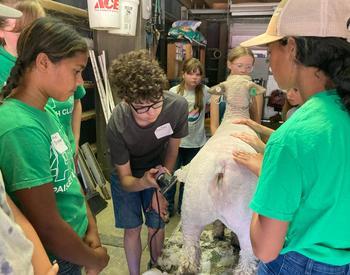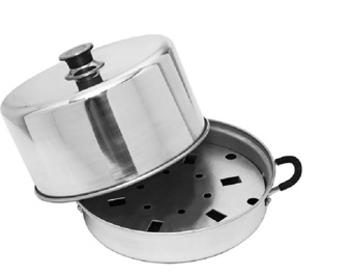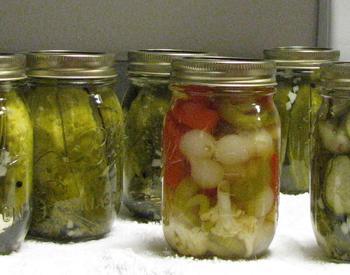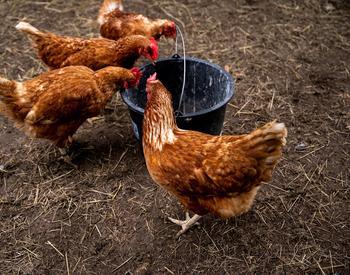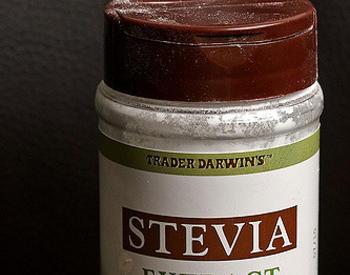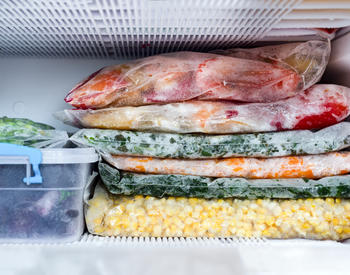Download this publication as a PDF
| Problem | Cause | Prevention | Other information |
|---|---|---|---|
| Pinholes in flesh of fish | Fish held before canning. Fish worms. | Inspect fish carefully. Buy fish from reliable sources. Process fish immediately. | If sealed and properly processed, it will be safe but low quality. |
| Sulfide blackening in tuna, chicken or turkey | Black deposits formed when no oxidizing agent was present and when there was no residual air. A chemical reaction of iron and sulfur compounds at temperatures greater than 150°F. Sometimes action of metal compounds in salt or cooking utensils. | Avoid iodized salt and iron containers for preparing meats, poultry and fish for canning. | Not harmful but unattractive. |
| Meat products have little broth | Not enough liquid used when hot-pack product was packed. Uneven temperature or pressure caused liquids to "siphon" out of the jar. | Pack according to directions for proper heat penetration in jar. Do not overfill. Keep pressure constant during processing in pressure canner. Let pressure decrease gradually to zero. Then open the petcock and the canner. | Not harmful but meat may be dry. Note: Raw packed meat have no liquids added, so will have little broth. |
Related Articles
Source: Food safety Advisory Volunteer Handbook. Washington State University/ University of Idaho, 2002
